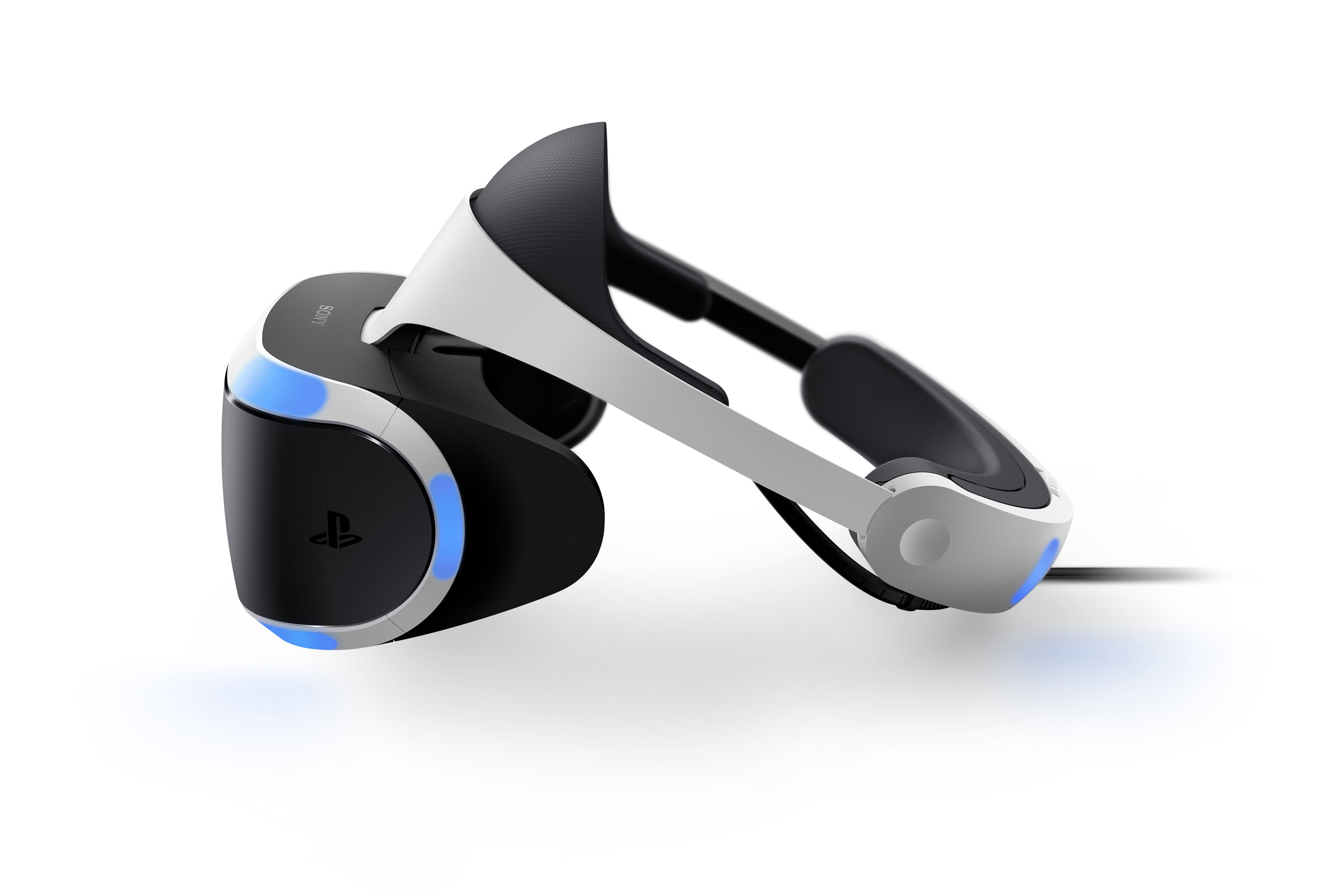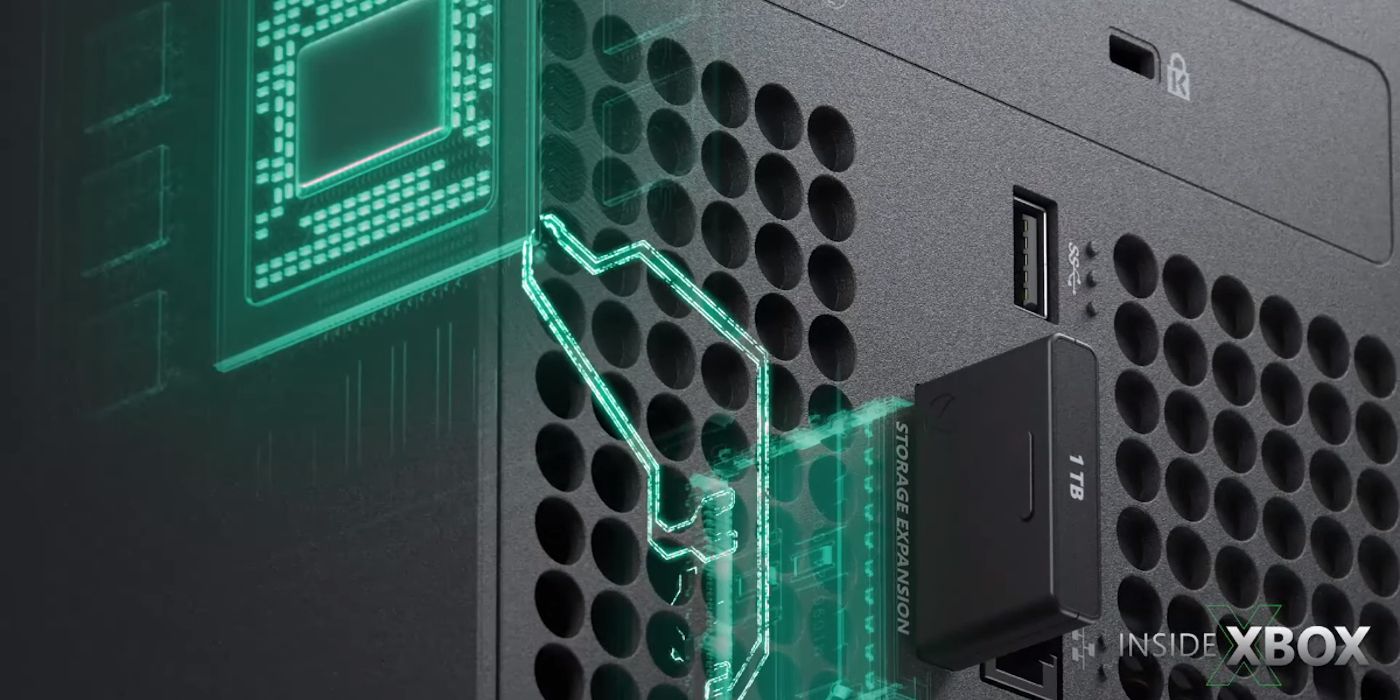Virtual reality has become mainstream in recent years, with various VR headsets available from companies like Oculus, HTC, and Sony. However, many VR users also need to wear prescription glasses, which can negatively impact the comfort of extended VR sessions. The PlayStation VR headset stands out as one of the most glasses-friendly VR systems on the market. Through its unique halo design and focus on ergonomics, PlayStation VR provides an extremely comfortable VR experience regardless of vision needs.
The Halo Design Distributes Weight for All-Day Comfort
At over 2000 words, this article examines how the PlayStation VR headset achieves industry-leading comfort for glasses wearers through its innovative halo design. While other VR headsets rely on a tight-fitting plastic frame that places pressure on the face, PlayStation VR distributes its weight through a flexible halo that rests comfortably on the head. The halo design keeps the 1-pound headset weight off of sensitive facial areas like the nose and cheeks. This prevents discomfort that often arises from prolonged pressure on the skin and bones of the face. Additionally, the halo leaves plenty of room under the visor for glasses, without any compression of the frames or lenses against the skin.
Spreading the Load for Hours of Uninterrupted VR
By avoiding pressure points on the face, the PlayStation VR halo design allows for truly immersive VR sessions that can last for hours. Gamers report being able to play games like RE7: Biohazard and Astro Bot Rescue Mission from start to finish without breaks, a significant improvement over other headsets. The weight rests softly and evenly across the entire skull, keeping users comfortable long after other headsets would start to hurt.

Glasses Can Remain Clean and Undisturbed
Another benefit of the halo’s light touch is that prescription lenses remain clear and smudge-free during extended play. No indentations form on glasses from constant squeezing, and oils and skin particles have no chance to transfer onto the lenses from facial contact. Users report their glasses stay cleaner with PlayStation VR than with close-fitting competition headsets.
Comparing Comfort Across Mainstream Headsets
To better understand the PlayStation VR’s achievements, it helps to compare its ergonomics to the next most popular PC-based VR systems - HTC Vive, Oculus Rift, and Samsung Gear VR.
The Vive Applies Uncomfortable Facial Pressure
The HTC Vive relies on tight elastic straps along the sides and top of the head to keep the headset securely in place. However, glass wearers report the front portion can dig painfully into the nose bridge area after just 30 minutes. Loosening the straps reduces pressure but risks losing the screen sweet spot.
Rift Discomfort Builds Over Time
While more balanced than the Vive, the Rift’s rigid plastic interface applies subtle pressure points across the face over extended periods. Glasses wearers feel their frames squeezed slowly tighter against skin. Some find readjusting the Rift helps but breaks immersion.
Gear VR Works in Short Bursts Only
The lightweight Samsung Gear VR minimizes pressure through its open-face design. However, it lacks any stabilization besides holding weight against the nose and forehead. Glasses can shift easily within the headset, requiring frequent readjustments that limit sessions to around an hour max.
PlayStation VR Sets the Standard for Comfort
In contrast, the PlayStation VR’shalo distributes weight comfortably without any hotspots or compression. Users report wearing it for much longer stretches than other systems before normal fatigue sets in - a true testament to its ergonomic brilliance.
Long-Term Comfort Depends on Proper Fit
While the PlayStation VR inherently applies no pressure points, long-term wear still depends on achieving a perfect fit at the outset. The halo is fully adjustable to suit different head shapes and sizes. Taking time during initial setup to get sizing just right leads to continual comfort later on.
Dialing in the “Goldilocks Zone”
Finding that perfect “Goldilocks zone” of snugness allows the halo to rest gently without slippage for hours. Too loose and the headset may slowly slide downward over time. Too tight causes unnecessary pressure akin to other headsets. With precision fitting up front, the PlayStation VR stays balanced and weightless.
Handling Slippage through Small Adjustments
Even with a dialed-in fit, body heat and long play sessions can sometimes cause the halo to creep lower over hours. Minor readjustments up or loosening the back knob easily remedy any ensuing light discomfort. But the PlayStation VR still requires far fewer interruptions than competitors for re-centering.
Lens Size and Rx Impact Varies by Individual
While the PlayStation VR promises leading comfort, some degree of fit issues remain possible depending on an individual’s unique vision and glasses needs. Certain factors increase the risk of interactions with the headset surfaces:
Larger Lens Diameters Face Greater Contact
Wider prescription lenses pose a higher chance of grazing the inside of the VR visor during wear. Lens circumferences over 60mm in diameter see more frequent nuisances. However, most typical Rx glasses prove fully compatible.
Thicker Frames May Experience More Pressure
Heavier eyewear frames featuring thicker plastic or metal designs could feel marginally tighter against the skin versus thinner frames. But even users with bulky glasses laud PlayStation VR’s gentleness compared to others.
Stronger Prescriptions Tend to Require More Adjustments
Those with highly nearsighted or farsighted corrections may demand further tuning to find ideal ergonomics. Weaker prescriptions generally plug-and-play with no issues at all. Taking time to get the fit right counters most optical-related comfort concerns. Overall, as long as users avoid extra large lenses and accommodate for above-average prescriptions through precision setup, the PlayStation VR handles prescriptions as comfortably as any VR system on the market today. Individual results may still vary, but most glasses wearers feel relieved versus tight headsets.
Protecting Expensive VR Hardware from Glasses
While PlayStation VR leads in glasses-friendliness, protecting its expensive optics remains wise over the headset’s lifespan:
Body Oils and Particles Pose Scratching Risks
Natural skin oils and microscopic dirt transferred from glasses frames pose long-term scratching risks if they come into contact with the VR screen lenses. Even smudge-resistant coatings can degrade after hundreds of hours.
Lens Protectors Shield against Particle Damage
Affixing a simple layer of optically-clear protective film to the VR screens provides insurance against the microscopic abrasions that build up gradually over time. Reinforced edges reinforce stability and prevent peeling.
Periodic Cleaning Prevents buildup
Regular cleaning of both the VR lenses and glasses using microfiber cloths and anti-static solution keeps everything hygienic and limits particle binding and scratching. This maintenance extends usable lifespan for years of glasses-filled VR fun.
In Summary
Through balanced ergonomics and a thoughtful halo design, PlayStation VR sits at the pinnacle of comfort for extended virtual reality experiences - even for those who require prescription eyewear. While individual results depend on factors like glasses and fit precision, most find PlayStation VR remains light and effortless where other headsets begin to squeeze and strain. With care protecting its lenses also, PlayStation VR ensures the ultimate no-compromise VR experience regardless of vision needs.
 Transferring Your Xbox Games to the New Xbox Series X/S
Transferring Your Xbox Games to the New Xbox Series X/S